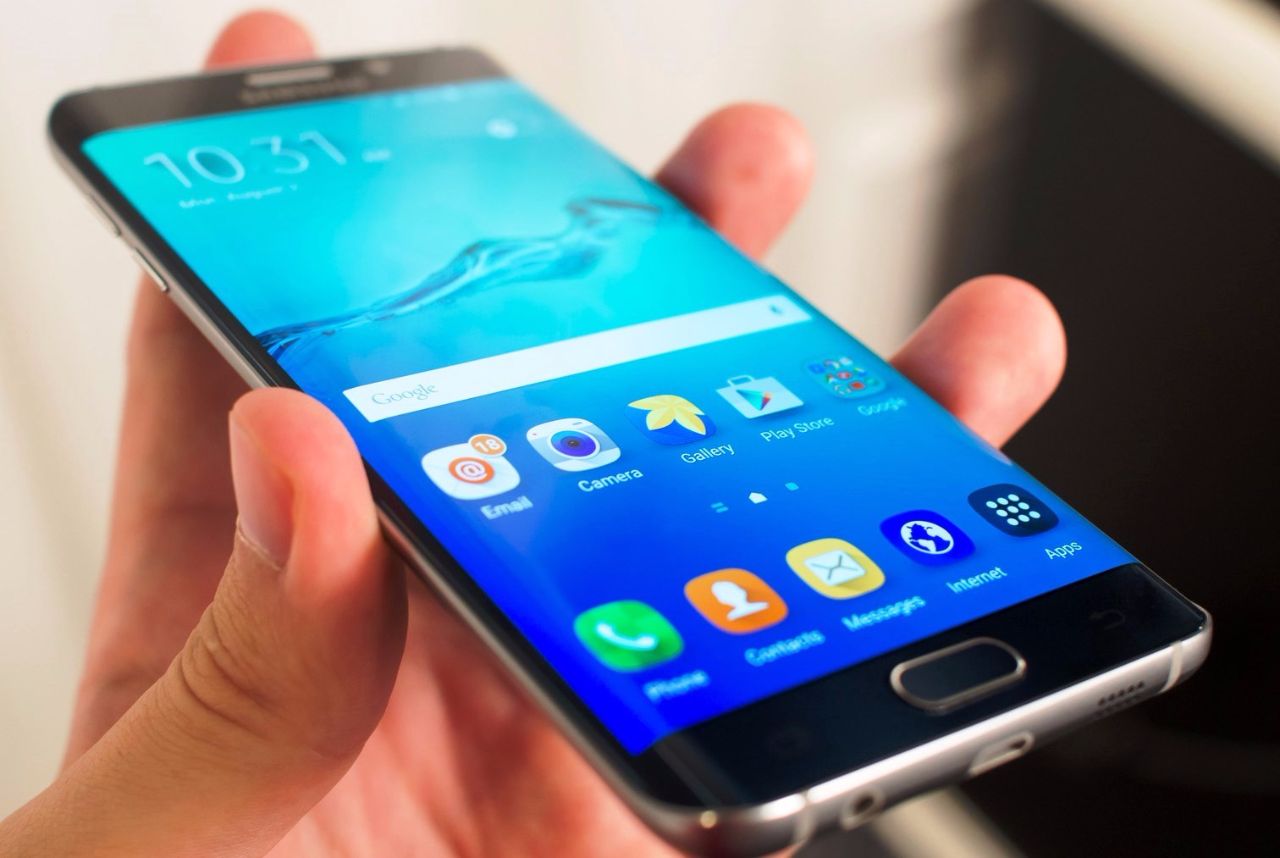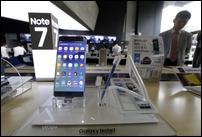
 SALT LAKE CITY — Samsung has suffered negative attention recently as it tries to recover from last fall’s Note 7 battery explosion debacle that led to an entire recall of the smartphone.
SALT LAKE CITY — Samsung has suffered negative attention recently as it tries to recover from last fall’s Note 7 battery explosion debacle that led to an entire recall of the smartphone.
Critics will be watching closely this year to see if new Samsung models fall prey to similar issues. Fans have been anxiously awaiting new models and features and hope those problems are in the past.
Samsung is off to a very promising start with the launch of the Galaxy S8 and 8 Plus. I spent a few days with the S8 and look forward to testing the new Note.
Overall Grade: A-
Fit and finish
Samsung has made great strides in the past few years as it has moved away from light, yet less elegant, plastic-bodied phones. The aluminum and glass bodies used of late look amazing, though fingerprints and makeup leave the shiny rear surfaces almost permanently marred.
The S8 continues to push for design supremacy over Apple, and it will be interesting to see if the back proves fragile, as early iPhone glass backs were. I tested the arctic silver model, which had subtle blue hues and the glass finish, as noted, attracted smudges.
Some will find the phone slippery and Samsung will most likely face criticism for placing the fingerprint scanner on the back of the phone. I, however, have come to like LG phones with power and volume buttons located on the back, and it works well for one-handed use.
The fingerprint scanner, however, increases the likelihood of fingerprints and smudges on the glossy back and the nearby camera lens. This is the trade-off for having a smaller phone bezel, allowing for a larger screen. The phone is also taller and narrower than the S7, making one-handed use a lot simpler.
Screen
The 5.8 inch Super AMOLED screen is not only a very good one but likely the best smartphone screen currently available. Color saturation is excellent, and the black contrast continues to improve with each new Samsung model.
Rather than having a separate Edge model, the S8 now comes with a wraparound “Infinity” screen standard. The home button is part of the screen, rather than located below, and provides haptic feedback when in use. The icon for the app drawer has also been removed and is located by swiping up from the area where the home icon is located.
The curved screen creates a smaller phone bezel and is beautiful to look at, but many apps are not configured yet to accommodate it perfectly. While text-based information looks great, some videos, maps and games won’t use the full screen and will leave black letterboxing.
Facebook, for example, has adapted its app to fit the new screens, and Samsung is working with app partners to improve the look of all apps on this and subsequent devices.
Camera
The rear camera is 12 megapixels, the same as the S7, and lacks a dual lens — which has been a recent trend among smartphone manufacturers. The front camera is now 8 megapixels instead of the 5 megapixels version found on the S7.
There is a pro mode for those who wish to take pictures with manual settings and shutter speeds. A selective focus allows photographers to focus on a single subject while leaving the background blurry.
Photos are sharp and colors are rich. In my opinion, recent Samsung cameras are the best available, and I was impressed to see low light photos are even better than on the Note 7 I reviewed a few months ago.
The speed of Samsung’s cameras is excellent and the lag that can ruin potentially great smartphone shots is nearly absent. I even had difficulty taking a poor shot in auto mode (except for fast-moving action). A quick setting adjustment fixed that.
The S8 is capable of 4K video and both 4K and 1080P video quality, which was excellent. Samsung continues to lead the way in focus, image stabilization, color and sharpness of smartphone video. Their cameras simply can’t be beat in terms of video quality.
A new feature called Bixby Photo also lets users take a picture of a product then shop for that product online. It will also translate text from a picture. I’ve included more on Bixby below.
Performance and intangibles
The S8 and S8 Plus are the first phones available in the United States with a new Qualcomm Snapdragon 835 processor. The phone was fast and graphic performance was excellent. Comparisons with older phone models are pointless, as software and apps usually cause problems that can’t be blamed on hardware. I look forward to out-of-the-box comparisons with coming competitor models.
Samsung claims new modem technology that eliminates much of the difference usually found in phones configured for a particular carrier. Data speeds and reliability should be enhanced regardless of where in the world, or which neighborhood, the S8 is being used.
Android 7.0 Nougat runs the S8 and, of course, Samsung still adds plenty of its own touches to Android. Although perhaps too much in the opinion of some.
As with the S7, the screen is “always on” meaning the time, date and calendar can be seen without unlocking the screen. It’s also simple to see more notification details by tapping the notification without having to open the app.
The screen functionality is improved over the past Edge models and works very well. Users can swipe from the right to see app shortcuts and favorite contacts, for example. Multiple versions of the screen shortcuts can also be downloaded to further customize the phone.
In addition to the fingerprint scanner, face recognition and an iris scanner are available to unlock the phone, as well.
There is also a new button on the left side of the phone for Bixby, Samsung’s new voice assistant. Bixby has limited functionality so far, but Samsung plans for the intelligent assistant to rival Google and Apple’s.
The phone has 64 gigabytes of internal memory, which can be expanded via the microSD card slot.
Related Stories:
Conclusion
Samsung is producing phones these days that push the limits of both form and function. The camera and screen are both improved from last year’s S7 and the wraparound screen has gone from gimmick to truly useful in a short couple of years.
The new S8 makes rich, clear phone calls and has an extra volume button for use in loud areas or outdoors. The built-in speakers are excellent and the S8 is the first phone to support Bluetooth 5, which is supposed to expand range to nearly 120 feet and can support two headphones at once.
The S8 is not without blemish (literally), but the S8 is tough to beat in terms of everyday use and user friendliness.
[“Source-ksl”]


